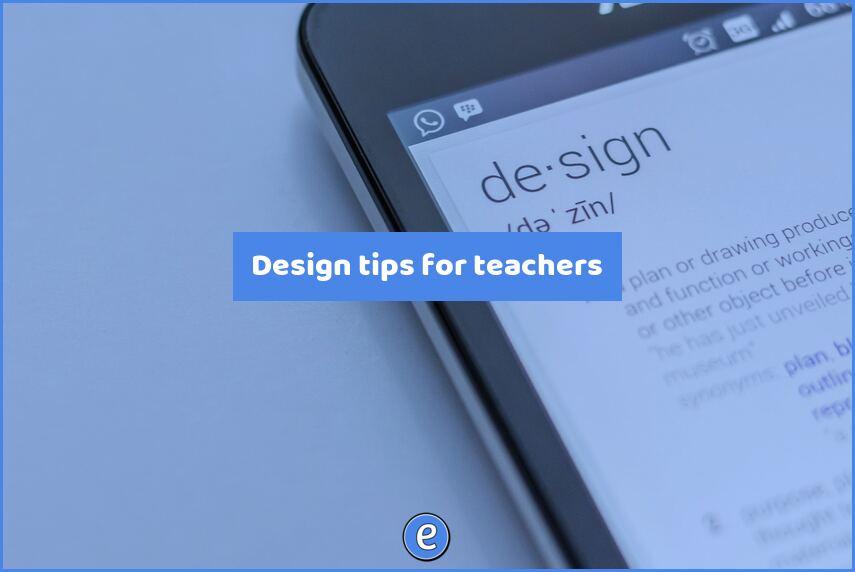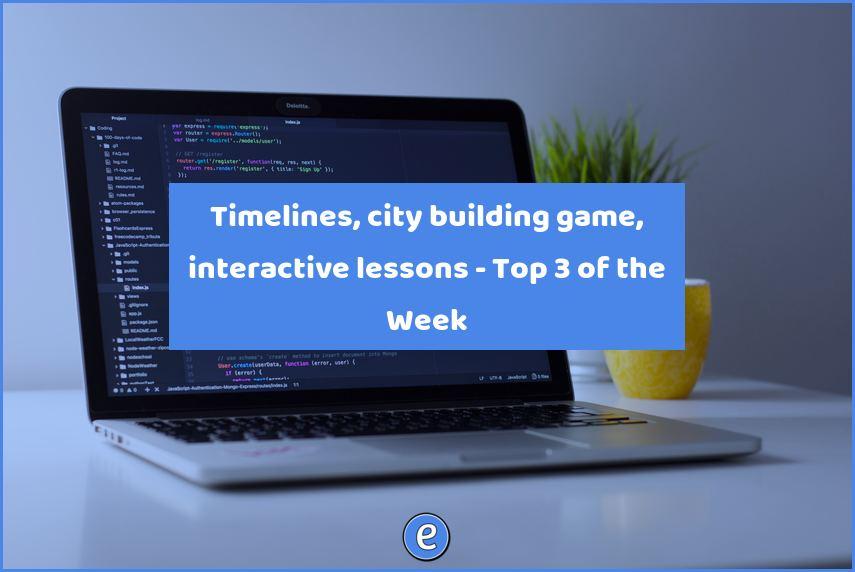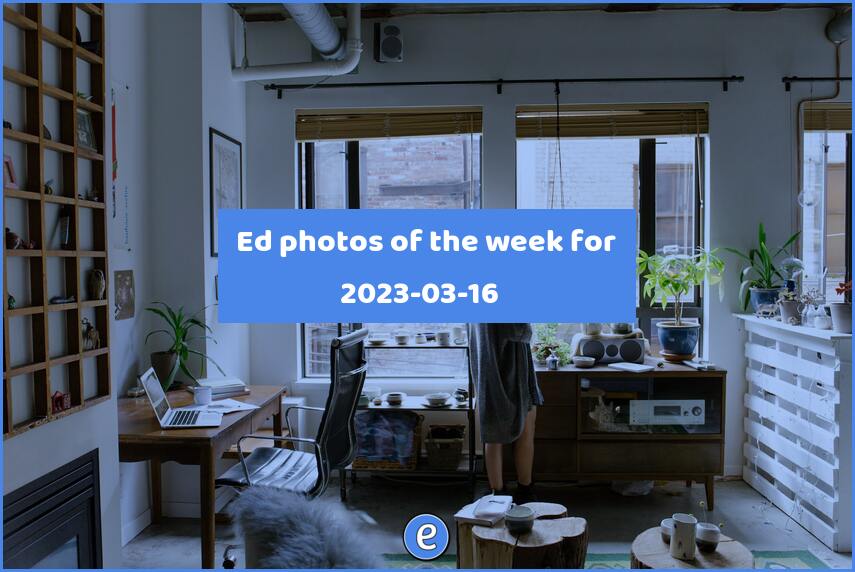Design tips for teachers
I’m not much of an artist, so I’ll take all of the tips I can get. Here are a few that I use to help me create better looking documents. Also be sure to seek out those in your district that may have experience or education in design, they are amazing resources.
Use Canva or Adobe Express
This isn’t as much of a tip as a recommendation. When I need to create anything that looks good my first stop is Canva or Adobe Express and their templates. Both are free for teachers and a great source of documents and ideas.
Google Image Search
If Canva fails to inspire me, I will use Google Image Search. Once I find a design I like, I’ll go about re-creating it in Canva, Adobe Express, Google Slides, etc.
Google Slides or PowerPoint for page layouts
Google Slides, PowerPoint, and other presentation software can be used to create all sorts of newsletters, posters, etc. The key is to go into the page set up and set the size of the slides to letter (8.5″ x 11″ for those in the US) or A4 (210 x 297 mm for those outside of the US). Now you can use all of the tools you are familiar with to create the documents you need with the freedom to place things wherever you want.
Design principles
When you are designing, there are a ton of things to be aware of, but to start I’m just going to talk about the following design layout principles: proximity, alignment, repetition, and contrast.
- proximity: Using white space, you can group common items on your document. For example, a flyer may have the about in a paragraph, separated by white space or other artistic designs from the where and when.
- alignment: Items should be aligned to other objects on the screen. Most software now shows when you’ve lined an object up with another object. This is also why you should try not to center text on a document. Left justifying the text and then aligning the left margin with other items creates a better looking document.
- repetition: Use the same font, colors, and other elements on your page throughout your document. Try to limit the number of fonts you use to 1 or two. Pick a palette of colors to use and don’t deviate from those colors. If your document has a photo, tools such as Canva will create a palette from the colors of the photo.
- contrast: Make one item different from another. This could be through color, or size, and helps to create emphasis or redirect the reader’s eye.
Further reading
There are two books that I’ve used to make me a better designer:
- Non-Designer’s Design Book, The: Williams, Robin – I have the second edition of this book and it’s great our describing what makes great layout and gives you tools to create it yourself. FYI, it is not written by the comedian.
- White Space Is Not Your Enemy: A Beginner’s Guide to Communicating Visually Through Graphic, Web & Multimedia Design: Hagen, Rebecca, Golombisky, Kim – Weirdly I own the second edition of this book too. Another one to help you design better.






